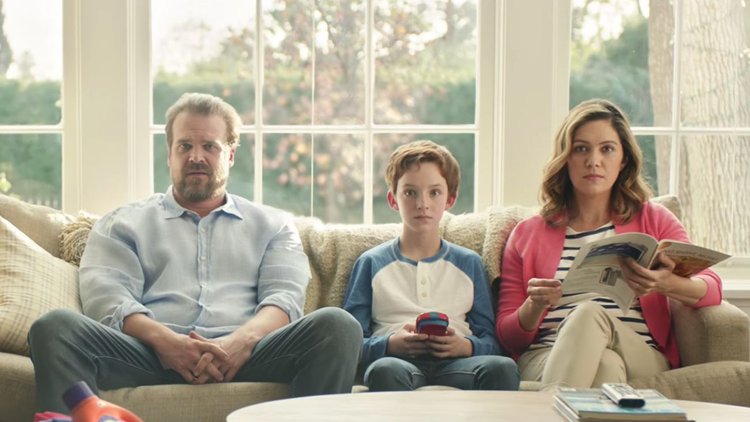This year’s viewers saw fewer car ads than during past Super Bowls and more consumer product ads. Copic is a marketing professor at San Diego State University who specializes in branding and the co-founder of consulting firm BottomLine Marketing. The clear favorite was Tide. This year, Tide aired a series of ads that made the brand seem extremely savvy, as well as far-removed from the self-poisoning phenomenon. Related: Brooklyn Pizzeria Nails Viral Marketing With Its Safe, Edible Take on the Tide Pod Challenge Actor David Harbour of the Netflix series Stranger Things was the spokesperson, and he appeared in a few settings featuring various TV ad tropes, building suspense about what the first of four commercials was for. It tapped into a meta sense of humor, poking fun at the very activity the viewer was engaged in -- watching cliche ads. An altruistic theme was the downfall of many of the night’s ads, according to Michael Belch, a professor of integrated marketing communications at San Diego State University. Simply put, there were too many "do good" ads, Belch said, and they got lost in the mix. It seemed to me to be contrived,” Belch said in an email. “The Alexa ‘Lost Her Voice’ commercial was excellent in telling viewers that a world without Alexa would be a bit unpredictable,” Copic said.

When we reflect on Super Bowl ads of the past several years, certain brands spring to mind, such as GoDaddy, while some campaigns are more memorable than the products and companies they were shilling for (Puppymonkeybaby, anyone?).
But the ads that get people talking in the moment are the real winners, and that’s what the brands and agencies behind this year’s crop of Super Bowl ads set out to do, from drumming up offline engagement with Facebook Live streams and hashtags to promoting values such as diversity and environmental consciousness. There were also a few ads that commented on the very idea of what a Super Bowl ad is.
This year’s viewers saw fewer car ads than during past Super Bowls and more consumer product ads. There were also some movie trailers, of course, which “don’t really count,” as branding and marketing consultant Miro Copic argues.
Copic is a marketing professor at San Diego State University who specializes in branding and the co-founder of consulting firm BottomLine Marketing. “If there was a general theme to the night it was that, diverse as we are, we are better together,” Copic said in an email to Entrepreneur.
But it’s not enough to have a clear message. An ad also has to leave the viewer wanting more. The following are the ads that accomplished that, according to Copic and other critics.
The clear favorite was Tide.
Never mind that people around the country have been voluntarily ingesting Tide Pods. This year, Tide aired a series of ads that made the brand seem extremely savvy, as well as far-removed from the self-poisoning phenomenon.
Related: Brooklyn Pizzeria Nails Viral Marketing With Its Safe, Edible Take on the Tide Pod Challenge
Actor David Harbour of the Netflix series Stranger Things was the spokesperson, and he appeared in a few settings featuring various TV ad tropes, building suspense about…

COMMENTS